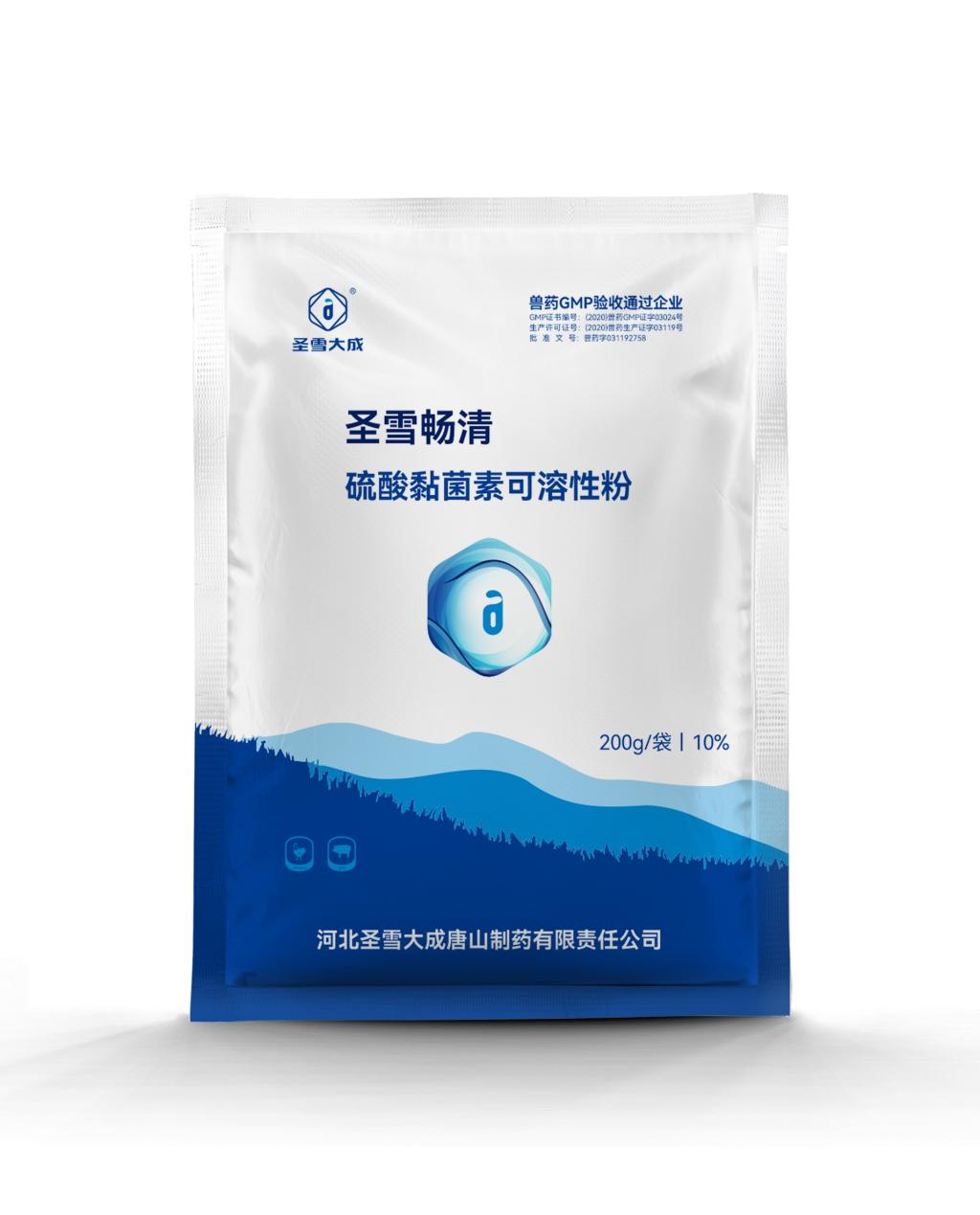Tel:+8618231198596

News
 CONTACT
CONTACT
 CONTACT
CONTACT
- Linkman:Linda Yao
- Tel: +8618231198596
- Email:linda.yao@dcpharma.cn
- Linkman:CHARLES.WANG
- Department:Overseas
- Tel: 0086 0311-85537378 0086 0311-85539701
News
Latest Research on Colistin Sulfate Soluble Powder Effectiveness.
TIME:2023-12-28
I. Mechanisms of Action Revisited:
A. Cell Membrane Disruption:
The cornerstone of colistin sulfate's effectiveness lies in its ability to disrupt the cell membranes of Gram-negative bacteria. Recent studies have delved into the molecular interactions between colistin and lipopolysaccharides on bacterial cell membranes, shedding light on the specificity and potency of this antimicrobial agent.
B. Targeting Resistant Strains:
Emerging research has explored the effectiveness of colistin sulfate against antibiotic-resistant strains of bacteria. Investigations into the genetic basis of resistance mechanisms and potential modifications to enhance colistin's efficacy are at the forefront of these studies. Understanding how colistin interacts with resistant strains informs strategies to combat antibiotic resistance.
II. Applications and Efficacy in Veterinary Medicine:
A. Addressing Specific Bacterial Pathogens:
The latest research continues to validate colistin sulfate's efficacy against a spectrum of bacterial pathogens in veterinary medicine. Studies focused on specific bacterial strains, such as Escherichia coli, Salmonella, and Pasteurella, provide insights into the tailored applications of colistin sulfate to combat infections in various animal species.
B. Comparative Effectiveness:
Comparative effectiveness studies have gained prominence, aiming to evaluate colistin sulfate against alternative antimicrobial agents. Researchers are exploring the efficacy, safety, and potential side effects of colistin sulfate in comparison with other antibiotics, contributing to the ongoing discourse on responsible antibiotic use in veterinary care.
III. Antibiotic Resistance Dynamics:
A. Emergence of Resistance Genes:
Recent research has scrutinized the genetic dynamics of antibiotic resistance, particularly the emergence of resistance genes in response to colistin sulfate use. Whole-genome sequencing and metagenomic analyses have become integral tools in deciphering the genetic landscapes of bacterial populations subjected to colistin pressure.
B. Horizontal Gene Transfer:
Understanding the mechanisms of horizontal gene transfer, through which resistance genes can spread among bacterial populations, is a focal point in current research. Investigating the dynamics of gene transfer sheds light on the potential for resistance dissemination within and between animal populations.
IV. Public Health Implications:
A. Zoonotic Transmission:
Research on zoonotic transmission explores the potential transfer of antibiotic-resistant bacteria from animals to humans. Recent studies have investigated the pathways through which resistant strains may enter the human population, emphasizing the need for comprehensive surveillance and risk mitigation strategies.
B. Human Health Impact:
Assessing the impact of colistin sulfate use in veterinary medicine on human health remains a critical area of research. Studies scrutinize the potential correlation between the prevalence of antibiotic-resistant bacteria in animals and human health outcomes, informing policies and guidelines for responsible antibiotic use.
V. Regulatory Responses and Guidelines:
A. Updated Regulatory Measures:
The latest research has implications for regulatory measures governing the use of colistin sulfate in veterinary care. Regulatory bodies worldwide are closely monitoring emerging findings to update guidelines, restrictions, and permissible uses of colistin sulfate to ensure alignment with the latest scientific understanding.
B. Responsible Use Guidelines:
In response to the evolving landscape of antibiotic resistance research, guidelines for the responsible use of colistin sulfate are being refined. These guidelines encompass dosage considerations, treatment duration, and veterinary oversight to mitigate the risk of resistance development.
VI. Alternatives and Adjunct Therapies:
A. Exploration of Alternative Antimicrobials:
As concerns about antibiotic resistance grow, researchers are actively exploring alternative antimicrobials to complement or replace colistin sulfate. Probiotics, phages, essential oils, and other natural compounds are under scrutiny for their potential to provide effective alternatives in veterinary care.
B. Combination Therapies:
Research on combination therapies seeks to optimize the efficacy of colistin sulfate while minimizing the risk of resistance. Studies explore the synergistic effects of colistin sulfate with other antibiotics or non-antibiotic compounds, aiming to enhance therapeutic outcomes and reduce the emergence of resistant strains.
VII. Future Directions and Considerations:
A. Precision Veterinary Medicine:
The advent of precision veterinary medicine introduces a personalized approach to antimicrobial therapy. Future research may explore the use of diagnostics, genomic information, and targeted therapies to tailor colistin sulfate treatments for individual animals, optimizing efficacy while minimizing the risk of resistance.
B. One Health Approach:
The One Health approach, which recognizes the interconnectedness of human, animal, and environmental health, is gaining prominence in colistin sulfate research. Collaborative studies across disciplines aim to comprehensively address the complexities of antibiotic resistance and inform holistic strategies for sustainable veterinary care.
Conclusion:
The latest research on colistin sulfate soluble powder reflects the dynamic landscape of antibiotic use in veterinary medicine. As our understanding of mechanisms, applications, and resistance dynamics evolves, researchers and practitioners are tasked with navigating the delicate balance between effective treatment and mitigating the risks of antibiotic resistance. Ongoing studies, regulatory responses, and the exploration of alternatives collectively shape the future of colistin sulfate use in veterinary care, emphasizing the need for a holistic and responsible approach to safeguard animal health, human health, and the environment.
- Tel:+8618231198596
- Whatsapp:18231198596
- Chat With Skype







